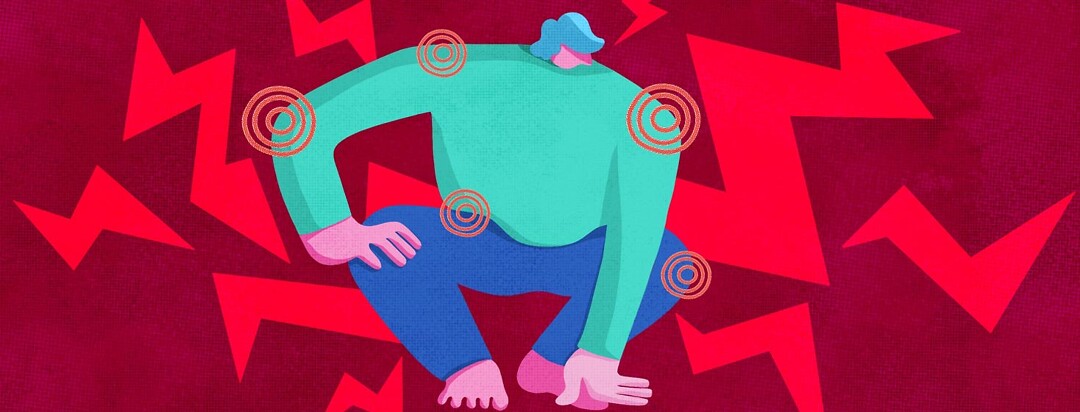What Is the Connection Between Pain and Myasthenia Gravis?
Myasthenia gravis (MG) is an autoimmune condition that affects how nerves and muscles talk to one another. This can lead to muscle weakness and fatigue. MG can affect specific parts of the body, or it can be more widespread.
Although weakness and fatigue are the most commonly talked about symptoms, they are not the only ones. Every person’s experience with MG can differ, but 1 issue that may be more common than expected is pain.
Is it a symptom of MG?
MG is not thought to specifically impact pain pathways. However, a survey of people with MG found that a surprisingly high percentage experience regular pain. Specifically, about half of all survey respondents reported having pain that they thought was related to their MG. About 30 percent of those with pain rated it as moderate to severe.1
What types of pain can occur
As mentioned, there are a variety of different types and causes of pain, especially when it comes to MG. Common types of pain reported in MG are headache and muscle or joint aches.2
Featured Forum
View all responsesPotential causes
Pain is complicated and can be caused by a variety of different things. It has physical and mental causes that often overlap with one another. Pain perception can also be impacted by different drugs.
Although the underlying cause of pain in MG is unknown, it could be related to muscle weakness and changes in posture. For example, weakness in the muscles of the head may change the way a person stands, leading to neck or back pain.
MG also impacts a person’s quality of life and mental health. Mood plays a role in how we feel pain and may be involved in the complicated relationship between MG and pain. Mood and sleep are also connected, and it is not uncommon for people with MG to have sleep disorders or difficulties.
It is also possible that people with MG who have pain have other underlying issues. For example, a pain-causing autoimmune condition, like rheumatoid arthritis, can occur alongside MG.1,2
Headaches and MG
Headaches are not uncommon in MG, but they are also not uncommon in general. It is hard to determine whether headaches are directly related to a person’s MG.
If they are related, they may be caused by MG-related vision issues, sleep problems, or changes in posture. It is also possible that headaches for some people are a side effect of common MG drugs.1,2
Treatment options
Treating pain can be tricky for those with MG. Many drugs, including drugs for pain, can worsen MG symptoms. For example, drugs called tricyclic antidepressants, magnesium supplements, and gabapentin are all used to treat migraine headaches, but each of these drugs may make MG symptoms worse. Other drugs used to treat pain may interact with MG treatments.2,3
Opioid drugs, like morphine or oxycodone, have an interesting relationship with MG. Although these treat pain well, they can cause slowed breathing as a side effect.2,3
MG can occasionally impact the muscles used in breathing. If a person with MG has involvement of these respiratory muscles, opioids may be dangerous and cause an MG crisis (severe and potentially life-threatening worsening of symptoms).2,3
Treating pain requires a balancing act of drugs, lifestyle changes, and mental health support. If you have pain alongside your MG, working closely with your doctor and discussing all your symptoms and treatment options can help the 2 of you to develop the best plan possible.
This or That
How do you treat your pain?

Join the conversation